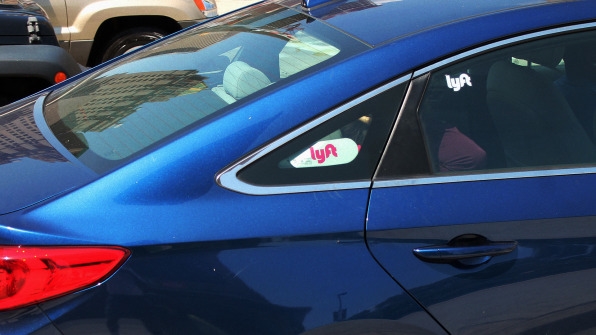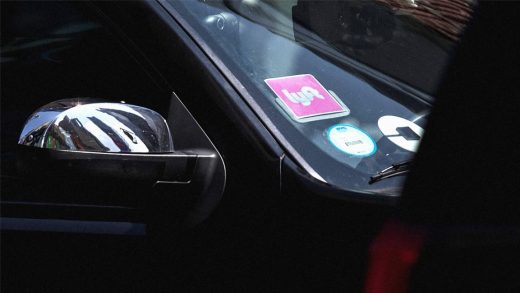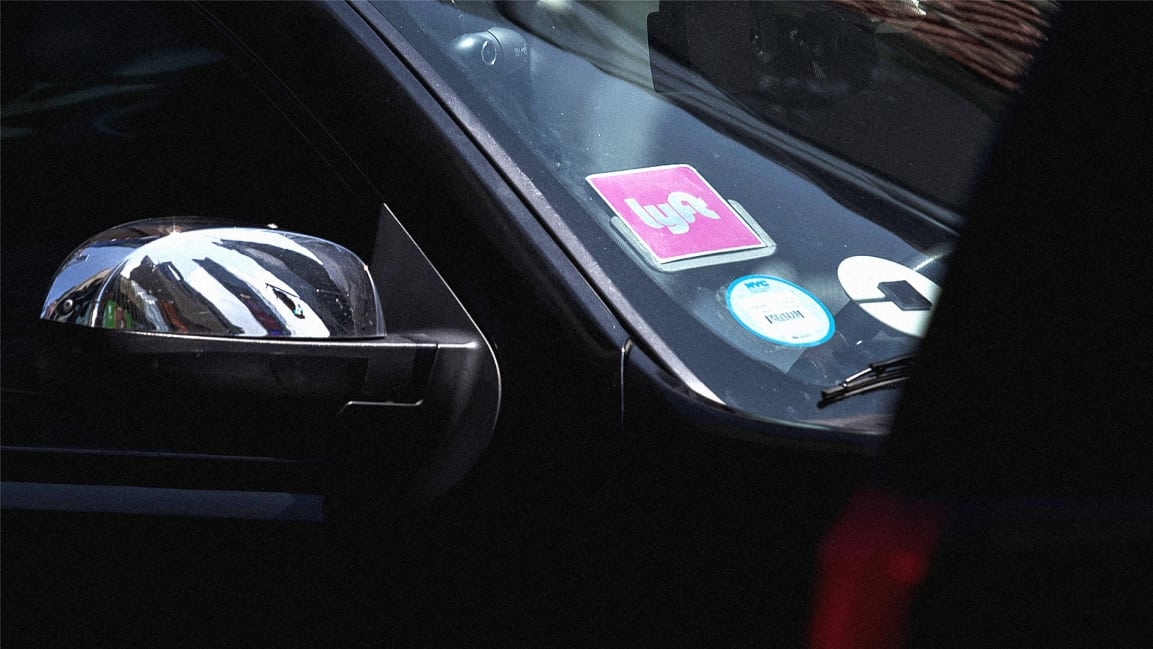Lyft and Juno are suing to stop New York City’s revolutionary new minimum wage for drivers
In December, after a years-long push by drivers for companies like Uber, Lyft, and Juno, New York City signed off on a proposal that would grant them a minimum wage. The new minimum wage rules are set to go into effect on Friday, February 1, and will ensure that drivers in New York City earn a minimum of $17.22 per hour–the local minimum wage of $15 per hour, plus coverage additional fees like fuel and car maintenance. The wage floor would apply to time spent driving, even without a passenger in the car.
Getting to this point was complicated, and a big deal–it’s the first minimum pay ordinance for for-hire drivers passed in a U.S. city. The Independent Drivers Guild, a nonprofit labor organization that advocates on behalf of ride-hailing drivers, calculated that, after expenses like gas and lost time driving in between passenger pickups, drivers were only taking home an average of $11.09 per hour. To remedy that, the IDG proposed a new payment formula that would essentially require companies like Uber and Lyft to better compensate their drivers. With support from the City Council, New York City’s Taxi and Limousine Commission–a local agency that manages car transportation–voted to approve the new payment formula. They expect that the policy will raise wages for nearly 77,000 drivers by almost $10,000.
But just as the minimum wage policy is set to go into effect, Lyft and Juno have introduced a lawsuit against the city to halt it, saying it unfairly benefits their competitors (read: Uber). Adrian Durbin, Lyft’s senior director of communications, says the lawsuit isn’t intended to oppose the idea of higher driver pay. Rather, the objection is to the way the minimum wage rules are structured, which he says disadvantages smaller companies like Lyft and Juno (Uber, which controls over 60% of the ride-hailing market in New York City, is not participating in the suit). The company says it brought its concerns to the TLC but didn’t hear back.
Under the new payment rules, ride-hailing companies would have to structure passenger-facing trip costs according to a formula that takes into account trip distance and time, as well as the company’s “utilization rate“–the average amount of time a company’s drivers are actually transporting a passenger. Lyft’s problem with this system, Durbin explains, is that it pegs driver pay to individual trips, rather than allowing companies to pay drivers on a weekly basis. Lyft often offers drivers bonuses, given out on a weekly basis, to serve less-trafficked areas of the city like the outer boroughs. The new payment rules, though, wouldn’t factor in those bonuses. Instead, Lyft and Juno say they would likely have to charge passengers more per trip in order to bring driver pay up to the minimum threshold, which they feel might reduce demand for their rides.

Why Lyft and Juno are up in arms about this, and Uber is not, Durbin says, has to do with that “utilization rate” metric. Uber’s utilization rate is higher–nearly 60%–because it commands more of a market share. Lyft’s is slightly lower (56%), and Juno’s is around 50%. Via, a smaller company that uses a flat-fare system, has the highest rate, at 70%; it’s also not participating in the lawsuit.
If you think of utilization rate as a ride-hailing platform’s efficiency, it’s a good thing to have a higher rate–it means the vehicles on the road are actually in use, as opposed to needlessly contributing to emissions and congestion. The payment rules are designed to reward companies with a higher utilization rate–those with slightly lower rates will have to charge passengers more per ride to make up for the fact that drivers on those platforms tend to do fewer trips.
Lyft and Juno maintain that the policy favors Uber because a structure that favors higher utilization rates allows Uber to keep its passenger prices low. What Lyft is advocating for through the lawsuit, Durbin says, is that the TLC switch to a weekly formula that will continue to allow Lyft and Juno to factor weekly driver bonuses into net pay. That way, he says, they’d hit the $17.22 hourly minimum, and be able to keep demand high by keeping passenger costs competitive with Uber.
If companies are able, as Lyft claims it wants, to uphold higher–minimum-wage pay for drivers by following a weekly payment structure, that could be an option. But the TLC would have to implement a means of ensuring that those bonuses actually do bring drivers up to the agreed-upon $17.22-per-hour rate. That would be difficult, and it it essentially would make the minimum wage the ceiling, not the floor–if drivers have to rely on company bonuses to fill in the gaps between their ride-based payments and the minimum wage, there’s little incentive for companies ever to pay drivers more than that. The rules as they currently stand, a representative for the NYC Law Department tells Fast Company, “ensure minimum income protections, are fair and legal, and we’ll vigorously defend them in court.” Similarly, the IDG is frustrated that a policy-two years in the making is facing yet another roadblock to implementation, and will continue to call on the ride-hailing companies to raise driver pay.
Even though Uber is not participating in the lawsuit, the company supports the idea that driver pay should be structured weekly to account for bonuses paid on the backend to drivers who operate in underserved areas. Uber, however, also points out that for the first year of the minimum pay requirement, all for-hire vehicles will use the industry average utilization rate, which is 58%–the same as Uber’s. Uber, consequently, is questioning the aspect of the lawsuit that focuses on utilization rate as an issue.
Joe Conigliaro, founder of the IDG, is questioning it as well, maintaining that the lawsuit is an attempt on the part of Lyft and Juno to avoid paying their drivers more. “The idea that this lawsuit is about anything other than avoiding paying drivers a fair wage is laughable,” he said in a statement. “This is an indefensible attack on workers by the billion-dollar corporations that profit from their labor. Lyft and the gang should be ashamed that while their executives and investors are millionaires, their drivers, who do all the work, take home less than minimum wage and are even taking their own lives out of desperation,” he says.
This piece has been updated at 10:46 am on January 31 to include a statement from the NYC Law Department.
(6)



